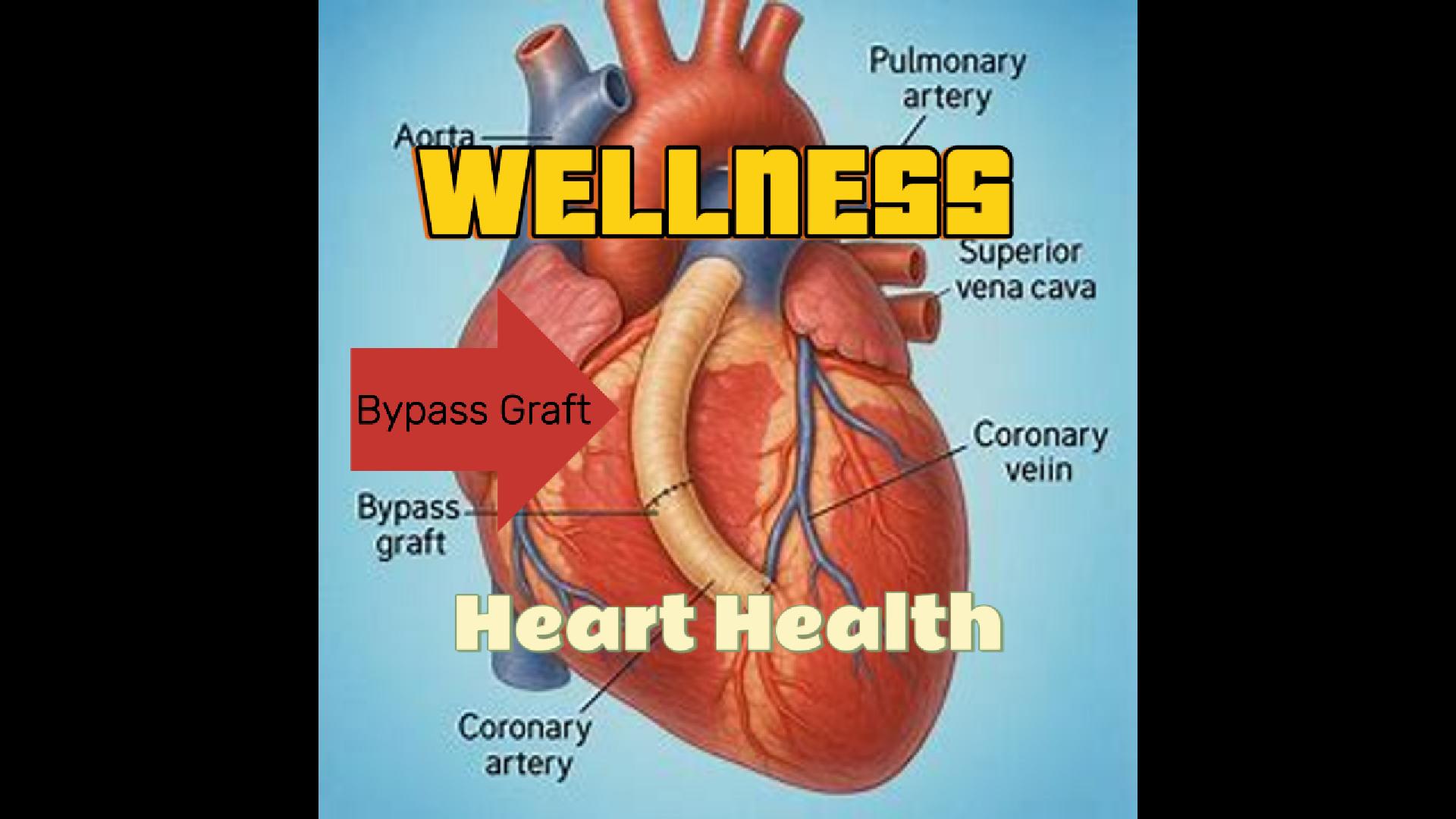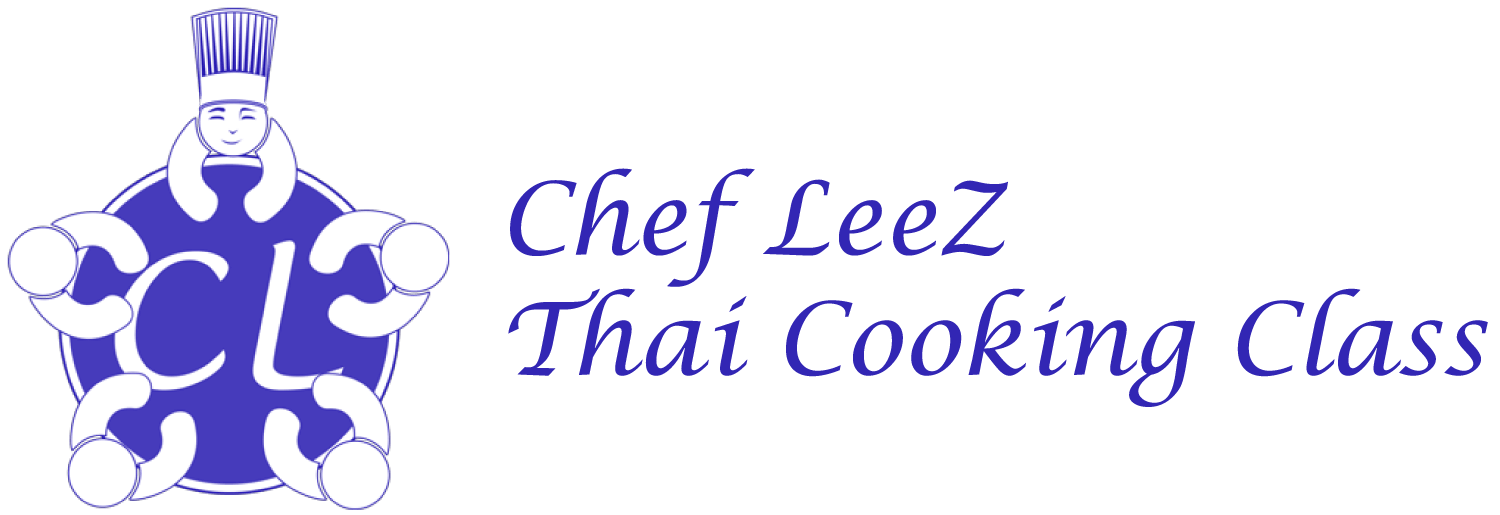
Wellness – Heart Health
Can wellness be as simple as a lifestyle change?
Wellness is defined as – “The quality or state of being healthy in body and mind, especially as the result of deliberate effort.” This means it’s more about feeling well for yourself.
There is no simple way to undo multiple years of misuse of our bodies. Failure to adopt a lifestyle change results in returning to your old habits!
Wellness for a Healthy Heart: Protecting Against Heart Disease and Stroke
Heart disease and stroke remain two of the leading causes of death worldwide. The good news is that many risk factors can be managed through lifestyle choices and preventive wellness habits. For people at risk, small daily changes can have a big impact.
Who Is at Risk?
You may have a higher chance of developing heart disease or experiencing a stroke if you:
- Have high blood pressure or high cholesterol
- Live with diabetes
- Smoke or use tobacco products
- Have a family history of heart disease or stroke
- Are overweight or obese
- Lead a sedentary lifestyle
- Are over the age of 55
Everyday Wellness Strategies
Diet Tips for a Healthy Heart
- Eat more plants: fruits and vegetables should fill half your plate.
- Choose whole grains: oats, brown rice, whole wheat bread, quinoa.
- Select lean proteins: fish, skinless poultry, beans, and lentils.
- Include healthy fats: nuts, seeds, avocados, and olive oil instead of fried foods.
- Limit processed foods, sugary drinks, excess salt, and trans fats.
- Hydrate: drink plenty of water, and limit alcohol.
The Mediterranean diet is widely recommended for supporting heart and brain health.
Exercise and Movement
- Aim for 150 minutes of moderate exercise per week (walking, swimming, cycling).
- Include strength training twice weekly (weights, resistance bands, or body-weight exercises).
- Add flexibility and balance activities like yoga or tai chi.
- Move often during the day — even 5–10 minutes of walking after meals can help.
Mental and Emotional Wellness
- Practice mindfulness or meditation to reduce stress.
- Use deep breathing exercises to calm your body and mind.
- Maintain social connections with friends and family.
- Prioritize quality sleep (7–9 hours per night).
- Enjoy hobbies and creative activities that bring joy.
Heart Attack vs. Cardiac Arrest vs. Stroke
These emergencies are often confused but are very different:
| Condition | What It Is | Key Symptoms | Emergency Response |
|---|---|---|---|
| Heart Attack | A “circulation problem.” Blood flow to part of the heart muscle is blocked. The heart still beats. | Chest pain/pressure, pain in arm/neck/jaw, shortness of breath, nausea, sweating | Call emergency services immediately. Keep the person calm. Offer aspirin if advised. |
| Cardiac Arrest | An “electrical problem.” The heart suddenly stops beating. | Sudden collapse, no pulse, no breathing, loss of consciousness | Call emergency services. Start CPR immediately. Use an AED if available. |
| Stroke | A brain problem. Blood flow to the brain is blocked or bleeding occurs. | FAST signs: Face drooping, Arm weakness, Speech difficulty, Time to call 911 | Call emergency services immediately. Do not give food, drink, or medication. |
What To Do in an Emergency
If Someone Is Having a Heart Attack
- Call emergency services immediately.
- Keep the person calm and seated.
- Loosen tight clothing.
- Offer a chewable aspirin (if not allergic, and operator advises).
- If they collapse and stop breathing, begin CPR.
If Someone Goes Into Cardiac Arrest
- Call emergency services immediately.
- Check for breathing and pulse – if absent, start CPR.
- Place hands in the center of the chest.
- Push hard and fast, 100–120 times per minute.
- Use an AED if available – follow the prompts.
- Continue CPR until professional help arrives or the person revives.
If Someone Is Having a Stroke
- Remember FAST: Face drooping, Arm weakness, Speech difficulty, Time to call emergency services.
- Call emergency services right away.
- Keep the person safe and comfortable.
- Do not give food, drink, or medication.
- Note the time symptoms began — this is critical for treatment.
Takeaway
Wellness is about prevention, balance, and awareness. A heart-healthy lifestyle — good nutrition, regular movement, and strong mental health habits — greatly lowers risk.
And when emergencies happen, knowing the difference between a **heart attack, cardiac arrest, and stroke — and how to respond — can save a life.
Taking some healthy cooking classes will teach you how to make healthy foods at home? Perhaps a Chef LeeZ cooking class.
Brain & Cognitive Support
Regular blueberry consumption has been linked in studies to improved memory
and slower age-related cognitive decline when included as part of a healthy diet.
Heart & Metabolic Health
Blueberries can support healthy blood pressure and cholesterol levels thanks to
fiber, potassium, and plant compounds.
You can see our related videos and blogs by the following links.
Our related YouTube shorts,
Our related YouTube Videos
You can see all our wellness related blogs here.
To never miss our future postings sign up to receive our newsletter by the short form below.




